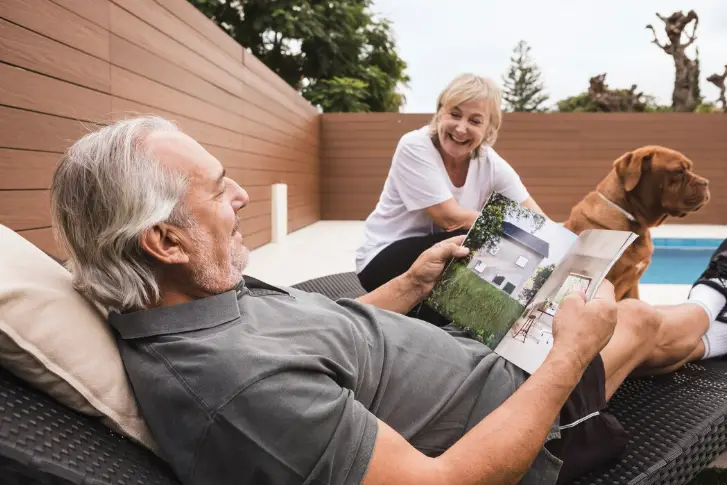Reimagining Comfort: Innovations in Residential Senior Living

Residential senior living is evolving rapidly to meet the diverse needs of an aging population. The days of basic care in sterile environments are giving way to vibrant communities that foster comfort, social engagement, and well-being. Here, we explore some of the key innovations reshaping the way we think about senior living.
1. Smart Home Technology for Seniors
Advancements in technology are enhancing the independence and safety of seniors. Smart home systems are now integrated into residential senior living spaces, offering a range of services from voice-activated assistance to smart sensors that can detect falls or irregular activity. These systems provide peace of mind to both residents and their families, ensuring a safe and supportive environment without compromising privacy or autonomy. For more information about innovative senior living options, you can visit eastleighcarehomes.co.uk.
Devices such as automated lighting, thermostats, and security systems are increasingly common, allowing residents to tailor their living conditions to personal preferences with ease. This innovation empowers seniors to live more independently while reducing the need for constant supervision.
2. Holistic Wellness Programs
Residential senior living is embracing a more holistic approach to care. Physical, emotional, and mental well-being are prioritized in many leading care homes, for example, where daily wellness programs are integrated into life. These programs might include yoga, meditation, fitness classes, and even art therapy, all aimed at keeping residents engaged and active.
Holistic care extends beyond physical fitness to cognitive health, with memory care units focusing on tailored activities that stimulate the brain and foster social connections. This shift towards well-rounded care enhances the overall quality of life for seniors.
3. Sustainable and Eco-Friendly Design
Sustainability is becoming a key focus in the design of senior living communities. Many developments are incorporating eco-friendly materials, energy-efficient systems, and sustainable practices to create healthier living environments for residents. The emphasis on natural light, green spaces, and eco-conscious building techniques not only contributes to a better quality of life but also reflects a growing awareness of environmental responsibility.
Communities are now being designed to maximize the connection to nature, with gardens, walking paths, and outdoor spaces playing a vital role in the daily lives of residents. These green spaces provide places for relaxation and socialization, boosting mental health and offering a more serene living experience.
4. Person-Centered Care Models
Gone are the days of one-size-fits-all care. Modern residential senior living has embraced person-centered care, where the individual needs, preferences, and lifestyle choices of each resident are central to their care plan. This approach ensures that seniors feel respected and valued, with care that is adapted to their unique requirements rather than a generic model.
Leading facilities focus on fostering a sense of community while maintaining personal choice and autonomy. From dietary preferences to daily routines, residents are encouraged to live in a way that feels meaningful and true to their identity.
5. Social and Recreational Opportunities
A key component of reimagined senior living is the focus on social engagement. Modern senior living communities offer a wealth of recreational and social opportunities, from organized outings to in-house events and clubs. These activities are crucial for combating isolation and promoting mental well-being. A strong sense of community is fostered, where friendships are formed, and residents actively participate in shaping their living environment.
Conclusion
The innovations in residential senior living are redefining what it means to age gracefully. With technology, sustainability, holistic care, and personalized services at the forefront, today’s senior living communities are far more than places of residence—they are thriving, supportive environments where comfort, independence, and well-being are prioritized. These advancements ensure that seniors can enjoy their later years in comfort and with dignity.
